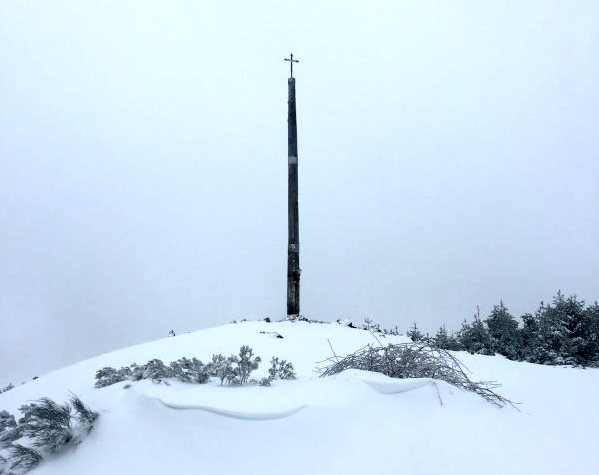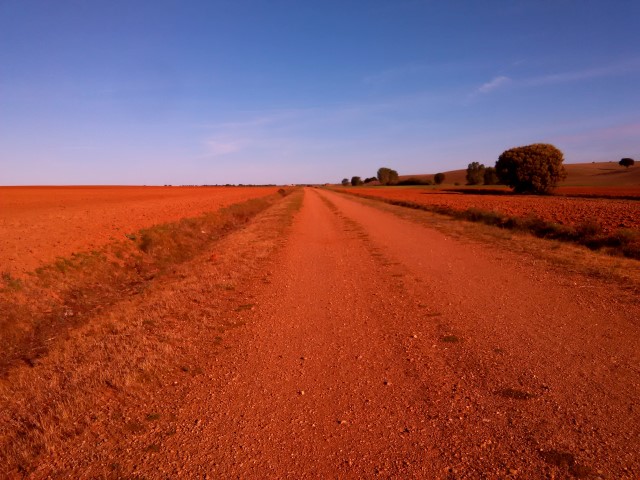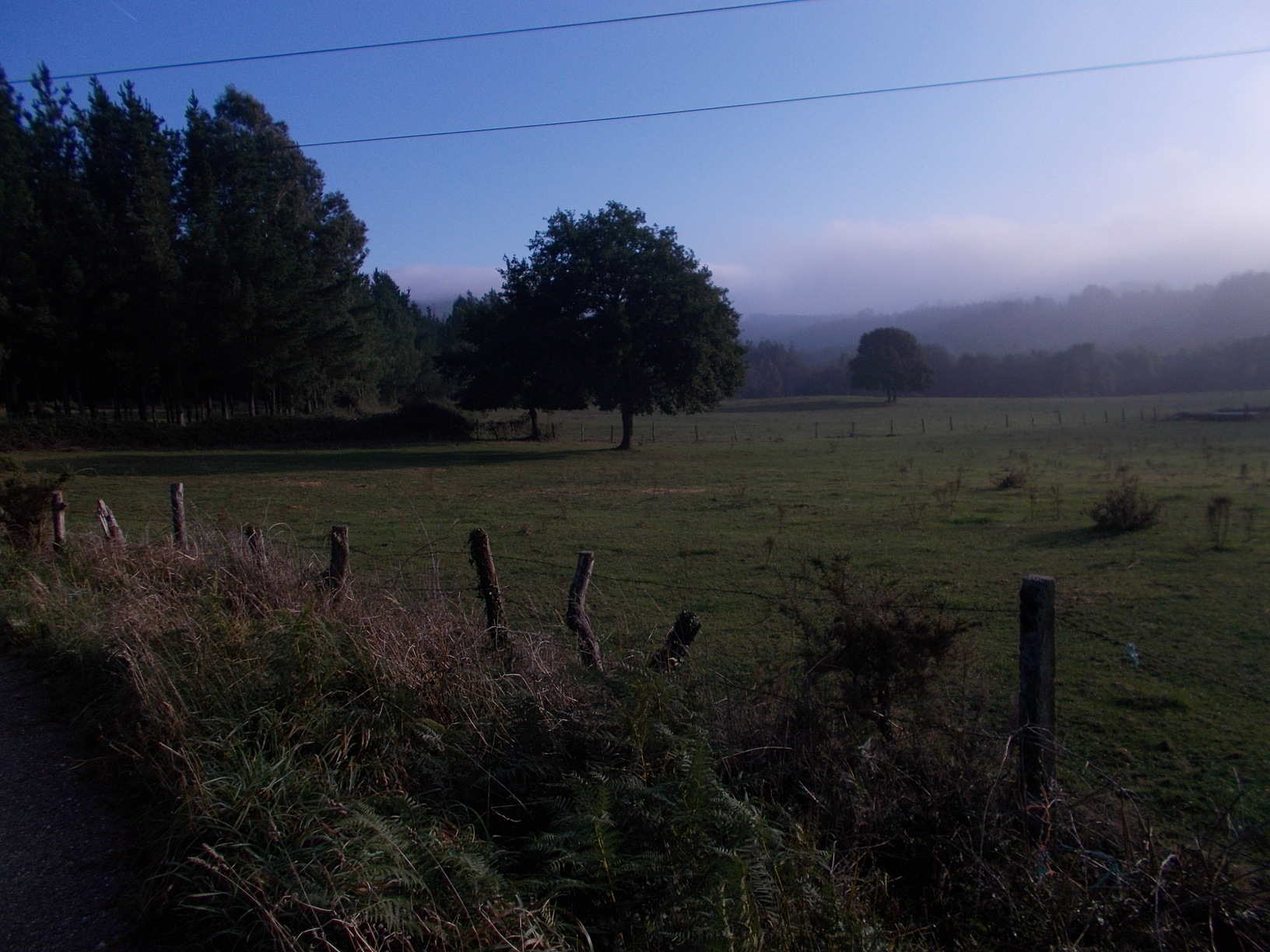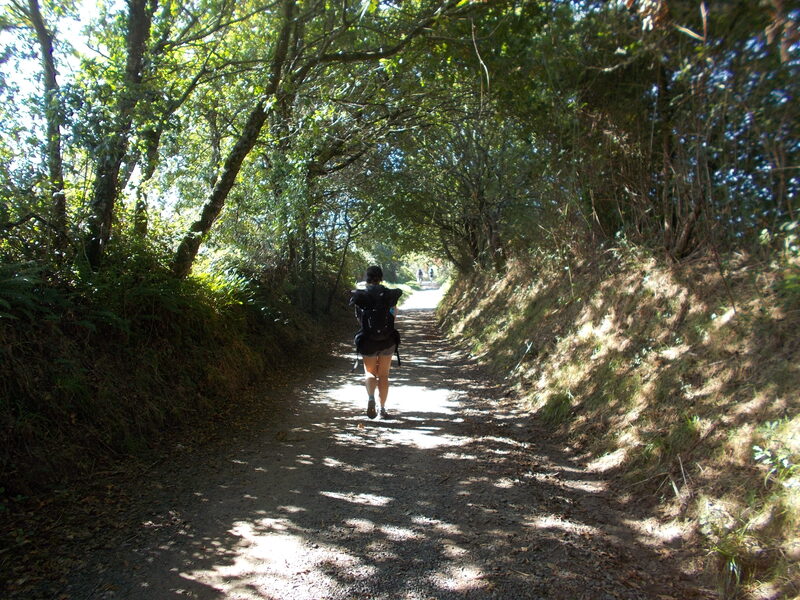When you say pilgrimage in Spain, most people imagine summer time. Hot Spanish sun and cold drinks, endless skies and never-ending evenings (they called Spain the “land of setting sun” for a reason), and of course miles of walking day after day, until you reach the shrine of St. James in Santiago. It is a myth though that almost all pilgrims walk in summer. Sure enough, Spanish students do, but when we look at the statistics, we can easily see that Camino is popular throughout the year, and there isn’t a big difference between the number of pilgrims in May, July, or September. What about winter though? Can you walk Camino de Santiago in January?
The quick answer is YES. Just looking at the statistics for the last January before the pandemics, we can see that almost 2,000 pilgrims collected their “Compostela”–the certificate for completing the pilgrimage, in January 2020, and almost 250 started from Saint Jean, walking the entire distance of Camino Frances. Yes, in December, or in January. This alone tells clearly that it is possible to do the Camino in January, especially the Camino Frances, that the infrastructure for pilgrims is still in place. However, walking in January has some specifics and it is important to consider them before embarking on your journey–to make sure you get what you are looking for (or what you aren’t looking for but really need) on your pilgrimage. Let’s dive into them.
Table of Contents
Snow in the Pyrenees, but also on later stages of the Camino, close to Cruz de Ferro in January
Spain is in the south of Europe, and doesn’t belong to countries with a heavy snowfall. However, you will cross the Pyrenees (not the main peaks but you’ll still get well over 1,000 meters), and steadily climb to other mountains later on (most notably from Messeta up to Cruz de Ferro which lies 1,530 meters above sea level), and the chances of encountering snow are 95% :). It isn’t uncommon for these areas to see a 10-15cm snowfall on a single day. Needless to say, such conditions make your progress especially difficult.
But it isn’t only about wet feet or sloshing through a fresh and heavy snow. What many pilgrims do not realize is the difference in equipment for summer and winter. What I try to say here is that in summer, you can walk a Camino comfortably with a 4-6 kilo backpack. Bearing the infrastructure along the way, weather and temperature in Spain, you just don’t need to carry much stuff on you. This changes completely for winter.
Not only do you need much more clothes, water-proof gear, etc. You will also need to carry more food and a heavier sleeping bag, since many albergues are not heated properly (or at all) in winter, and you ‘d have sleepless nights in your summer sleeping bag. In my experience, you will hardly squeeze the weight of your backpack below 13-15 kilograms for a January Camino. If you do not like the idea of carrying such a heavy backpack, you’d rather reconsider your idea of starting in January.

– snow on Cruz de Ferro, the highest point of Camino Frances. Though beautiful to look at, snowy conditions can make your walk incredibly more difficult, and you should consider that before embarking on your January Camino
Infrastructure, closure of pilgrim hostels, fitness
Another thing to consider is the level of infrastructure along the way, and the routes you can actually walk. In summer you do not need much planning, since you’ll always find a bar to eat or a place to sleep on Camino Frances. When you feel like walking 30 kilometers on a day you can, but when you cannot walk more than five kilometers you can afford such luxury. That isn’t going to be the case in winter, since many private albergues close down for winter.
You will need to plan your way in advance, and on some days you’ll simply have to cover the twenty or thirty kilometers, regardless of how you feel, since there won’t be a place to sleep before that. In my experience, one can always “push it” in summer, when the weather is good, days are long, and you can somehow always walk the extra 10km. But in January when it is already dark at 6pm, your options are much more limited. And now imagine it happens on a snowy day…
What doesn’t kills us makes us stronger, as Nietzsche famously said, but if you aren’t particularly fit, it may be better delaying your start for a few months. Personal transformation happens out of our comfort zone, but for many walking 15-30 kilometers a day is already “the zone outside of their comfort zone”. No need to add extra layers of difficulty which walking the Camino in January undoubtedly brings. Keep in on your mind when deciding whether or not to walk.
Some ways have better weather in January, but there are other drawbacks
Spain is a big country, and while it snows every winter in many places, in some regions it virtually never snows. Think Andalusia for example. Many pilgrims may be tempted to start Via de La Plata in January, from Seville, where it isn’t uncommon to experience pleasant walking temperature of 15 degrees Celsius in January. Or perhaps starting Camino Mozarabe from Valencia.
The problem is though that these ways attract much less pilgrims than Camino Frances or Camino Portuguese or Primitivo, and the infrastructure for pilgrims hasn’t developed yet. Sure, you have albergues and hotels, but they aren’t as frequent, and many of them are closed in January. In January, you may actually encounter sections of 50 km+ without a single official accommodation option on Via de la Plata, Camino Mozarabe and other less popular pilgrim routes in Spain. Hence unless you carry a tent (check my article on Camping on the Camino), or want to try your luck with “bomberos”– the firefighters, sleeping in their places, which is sometimes possible, you may find it super hard to follow such Caminos in January…

– One of the seemingly endless stretches of a dirt road on Via de la Plata (near the city of Salamanca). These roads have a certain beauty for a sensitive eye, especially in the morning or in the evening. But they also indicate that infrastructure for pilgrims is sparse, especially in winter, and you may need to cover big distances in January, just to get to the next place with a pilgrim hostel.
Camino del Norte and Portuguese in January, Camino Invierno
Some of us like to walk in a rain but most do not :). If you belong to the second category, you can forget walking del Norte or Portuguese in January. It basically rains every other day. And though these ways have better infrastructure than Via de la Plata, and you will find both shops and accommodation, and the snow is super rate, it just isn’t an enjoyable experience for most. Having said that, if you are in reflective mood, seek solitude, and rain resonates perfectly with the current state of your soul, you can give it a shot :).
What many people do not know is that Spanish pilgrim associations have come up with a special concept of a Camino for winter, called Camino Invierno (invierno means winter in Spanish). It avoids mountain passes and tricky terrain in Galicia, following mostly river valleys and easy terrain, particularly asphalt. You can check more about it here. What I want to stress here though is that concept is one thing and reality another. Numbers do not lie. Just 32 pilgrims who got their compostela in January 2020 in Santiago walked this particular way. If you hope for “a social camino”, meeting people and sharing your walk with them, the “winter camino” isn’t the right choice for January, regardless of what the name suggests…
Final pluses and minuses of walking the Camino in January
At the end of the day, something like a universally best time to walk this or that camino does not exist. It depends on your preferences, what you are looking for on your Camino, and also of course on your options. If you can walk the Camino only in January, it is no doubt better than not walking at all! To sum this article up, let me point out the crucial pluses and minuses (though they are also subjective) of walking in January:
- + A unique experience, something completely different to walking in summer.
- + Tendency to make stronger bonds with pilgrims, if you meet any (because there isn’t always a next person to meet and talk to, which is the case from May to October).
- + No race for beds, something many pilgrims hate to experience but have to deal with in a high season.
- + More interactions with locals, simply because you will need it :).
- – Snow and bad weather may make the camino impassable, forcing you to stay put or take alternative routes.
- – Need to carry a much heavier backpack, because you simply cannot afford risking freezing in an albergue with no heating, and you’ll also need more food supplies on you.
- – Less infrastructure along the way, which may force you to walk uncomfortable distances. Having said that, some people actually see this as a plus, especially on Camino Frances, which has become “a summer carnival” in the eyes of many.
- – More planning and better fitness is required, you cannot just “go with the flow” as you’d do in summer.
So that’s it. I hope my post helped you to decide whether or not to walk in January, what way to choose, and how to prepare. If you have any questions, do not hesitate to contact me. Thank you for reading, and I wish you Buen Camino!
Matej
May also interest you:




![Ultralight Packing List for Camino de Santiago [2025 Edition]](https://caminolovers.com/wp-content/uploads/2022/03/altra-shoes-640-x-480.jpg)


